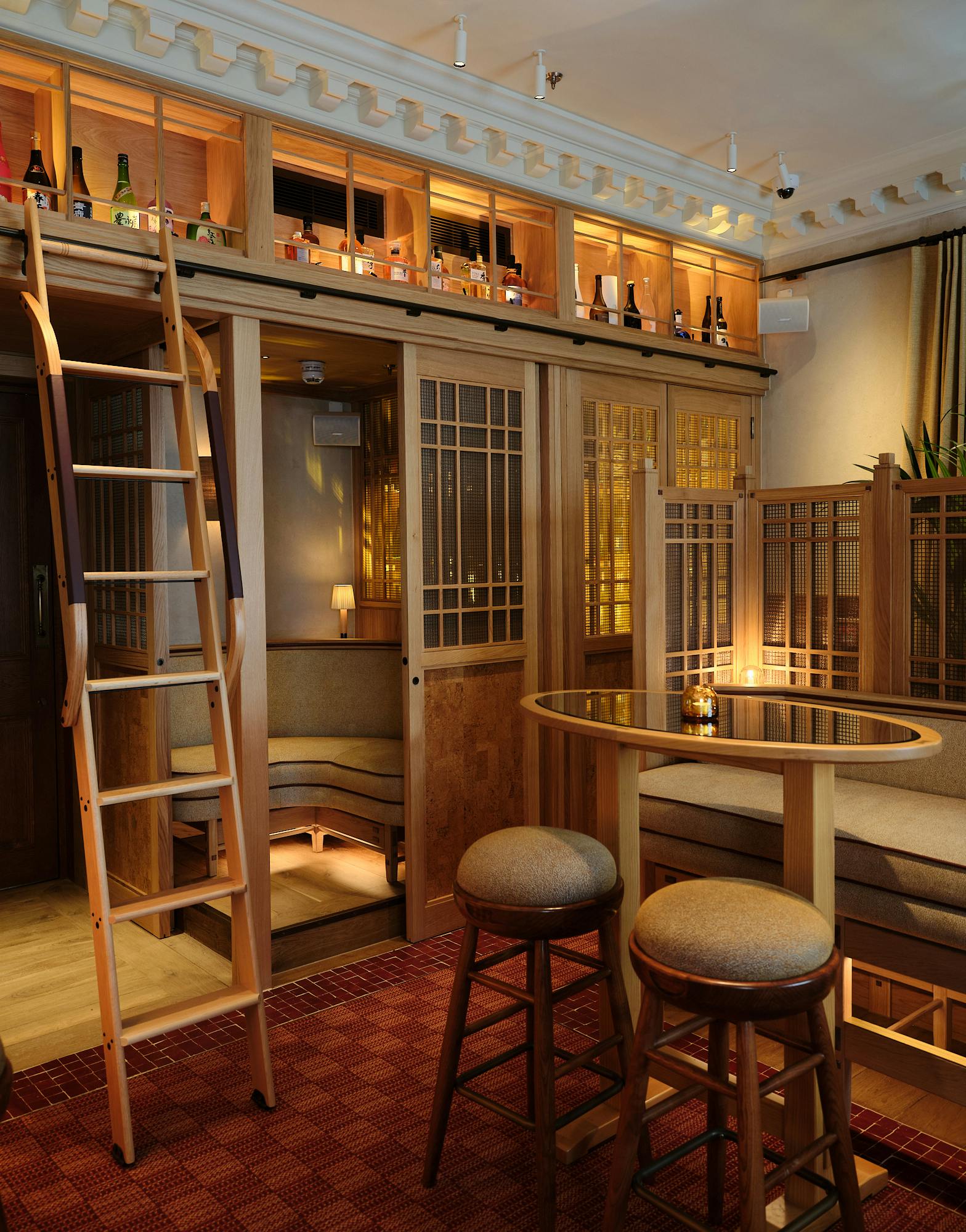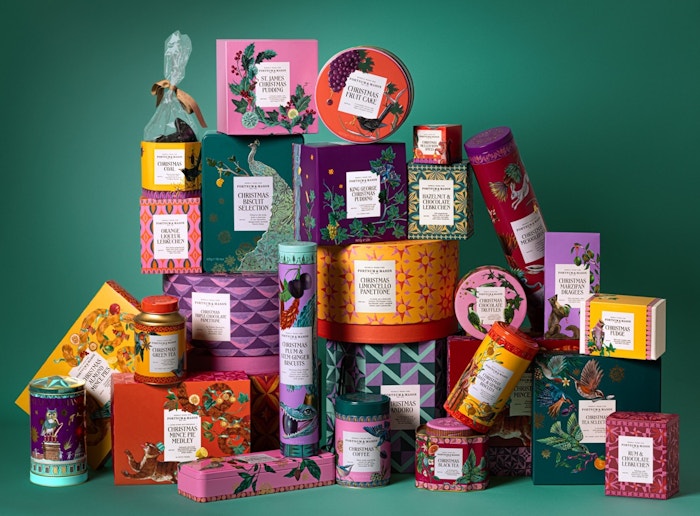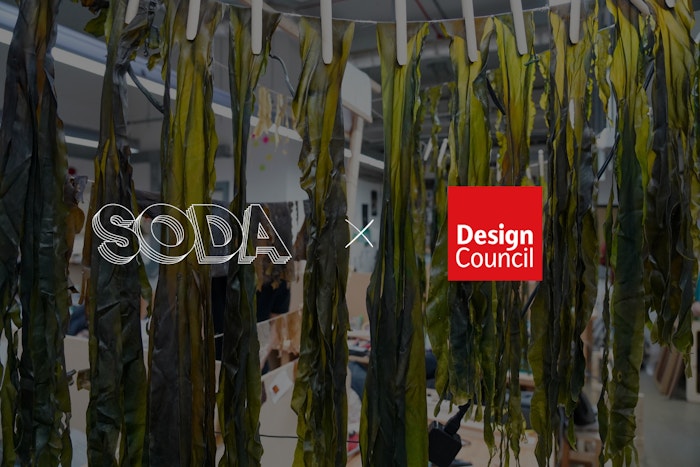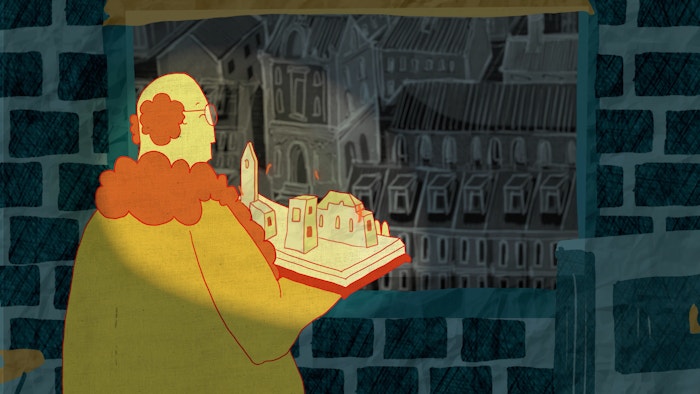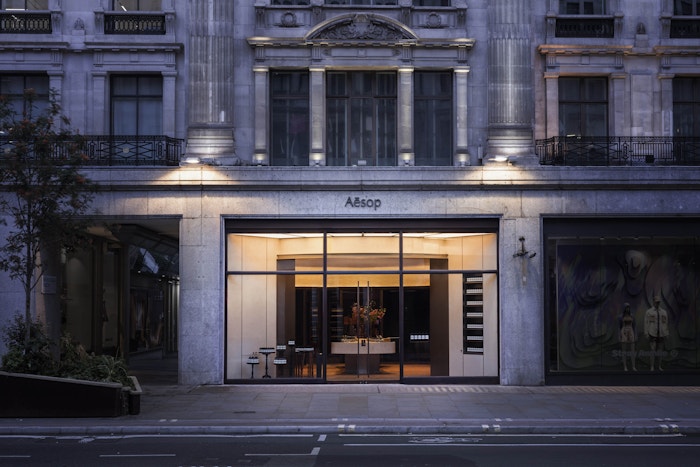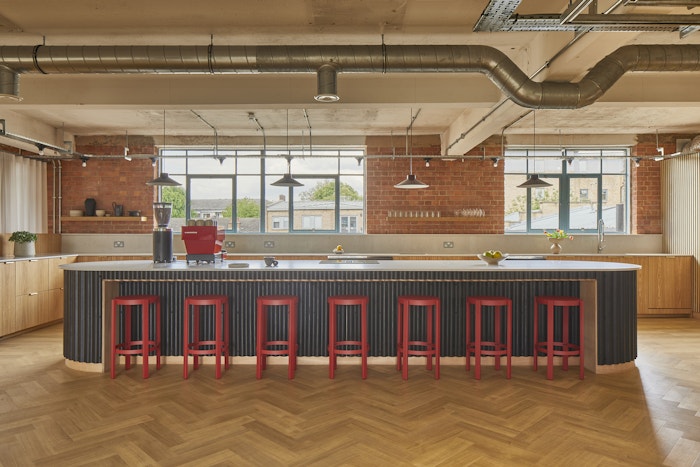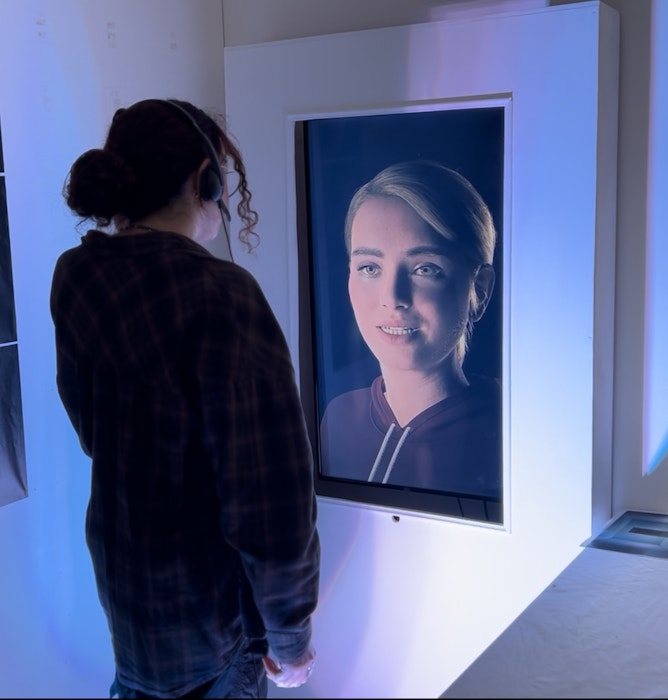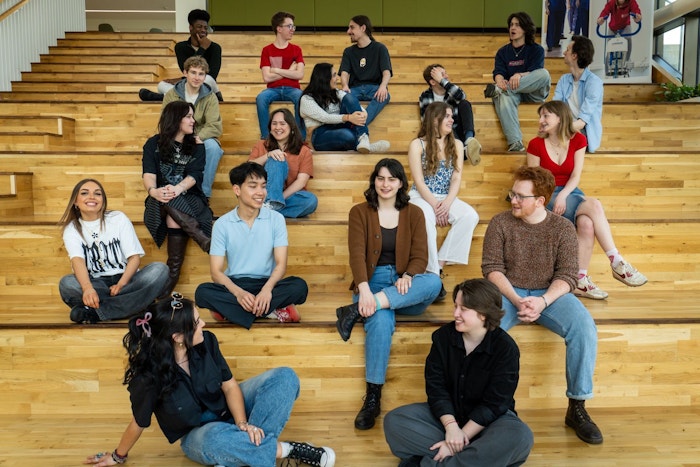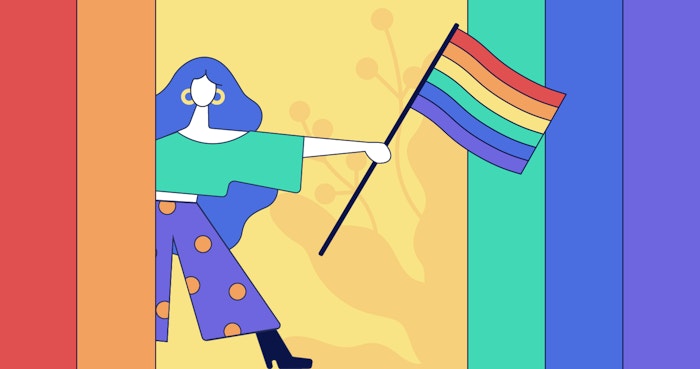
17 Jul 2017
The New Beautiful
I met Flora McLean on my first day at Central Saint Martins. We were a bunch of wide-eyed, fresh-faced creatives all huddled into a brightly lit studio. She was a funny, inquisitive and respectful presence, immediately putting us all at ease and possessing the unique ability to create an atmosphere which allowed everyone to flourish creatively. Some would go on to represent the British fashion and art scene with grace and aplomb, people like Maiko Takeda, proving that in this era of distasteful self promotion with the right talent and education your work can speak for itself. Teachers like Flora are shaping the next wave of creative talent - a funny, inquisitive and opinionated maker who is as memorable as the work she creates, and the people she teaches. She can now be found continuing to grow her brand ‘House of Flora’ with great success and leading the Footwear, Accessory and Millinery course at the Royal College of Art. We chat about the current state of higher arts education in the UK, what she would change and her own experience of art school.

Plastic Fantastic House Of Flora
What was your experience of arts education and how did you how did you start teaching?
After A-levels I made a funny sketchbook of electric friction dresses and boots and did a lot of life drawing and was accepted to Wimbledon to do my Art Foundation. This was the best time for me with very fast-paced projects in each area to give us a taste of what each discipline was like to study. All of these different ways of thinking going on in one building was fascinating and I liked to explore all the workshops and use all of the machines. I learnt so much from friends in other areas like furniture or ceramics and I would go wandering and find people with a similar mind and join forces. At first I really couldn't decide what to focus on, but eventually I chose to study Fashion design at Middlesex. I always felt like a bit of an oddball there as many students were making very fluid bias cut chiffon frocks while I was sanding down wood or making a giant foam collar.
It was there that I met Shirley Hex who showed us how to make a hat and this really influenced my final collection of architectural clothing. I was later chosen to study at the Royal College of Art, to the horror of my classmates who must’ve thought my work wasn’t the usual sort the college goes for. The RCA must have been having an experimental year! My overall experience of art school is that it’s very important to find one person, that’s all you need, to help believe in what you are trying to do. Although my work was a little odd for the time I knew it was the right thing to be doing and I did so much of it they couldn’t ignore it.

What has being a tutor at the RCA taught you about design and creativity, and about yourself?
I've learnt so much about the way creative people work. They are sensitive, understandably, and it’s all very emotional. The students need to feel at home in the studio, and find someone in the building they can trust in order to get on with the work. I talk to my students a lot and try to get to know them so they feel they can be natural and brave enough to do the work that’s the truth and at the core of who they are. I like to encourage students rather than berate them. I only get cross if they are lazy or late. They should not be there if they are lazy and if they are late then they missed it! Good design seems effortless and looks like it just arrived as if by magic. Many students overwork the ideas and need to learn to edit and make the right choices to have a better impact. I enjoy working out who these people are and what they want to say.
Sometimes it looks like students are not doing work as they are staring into space or looking blankly at a shoe, but this is a very important time as this is the working out of their design research. I have also learnt that you can never do enough research as it will always come in handy at some point.
Tell us about House of Flora, was it a natural thing for you to start your own brand?
I had a baby very soon after leaving art school and realised that after 6 months at home with this delightful baby that I would also need to make things to occupy my mind. I had a light bulb moment and realised that hats would be a good option as you don’t need so much space to make them, they are 3D and they can involve many weird and new materials. Many of my friends worked in magazines at the time so I would always get asked to make props and accessories for shoots. This activity turned in to House of Flora very organically. I would work on commissions and collaborations to make money, but It wasn’t until I got an agent to help sell the work that I added jewellery and eyewear to match the hats. After this I started attending trade fairs and selling to a wider audience. Whilst studying I always wanted to create the whole look myself and today when I see a student who wants to create a whole look it usually means they also want to start their own label.
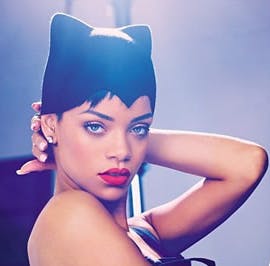


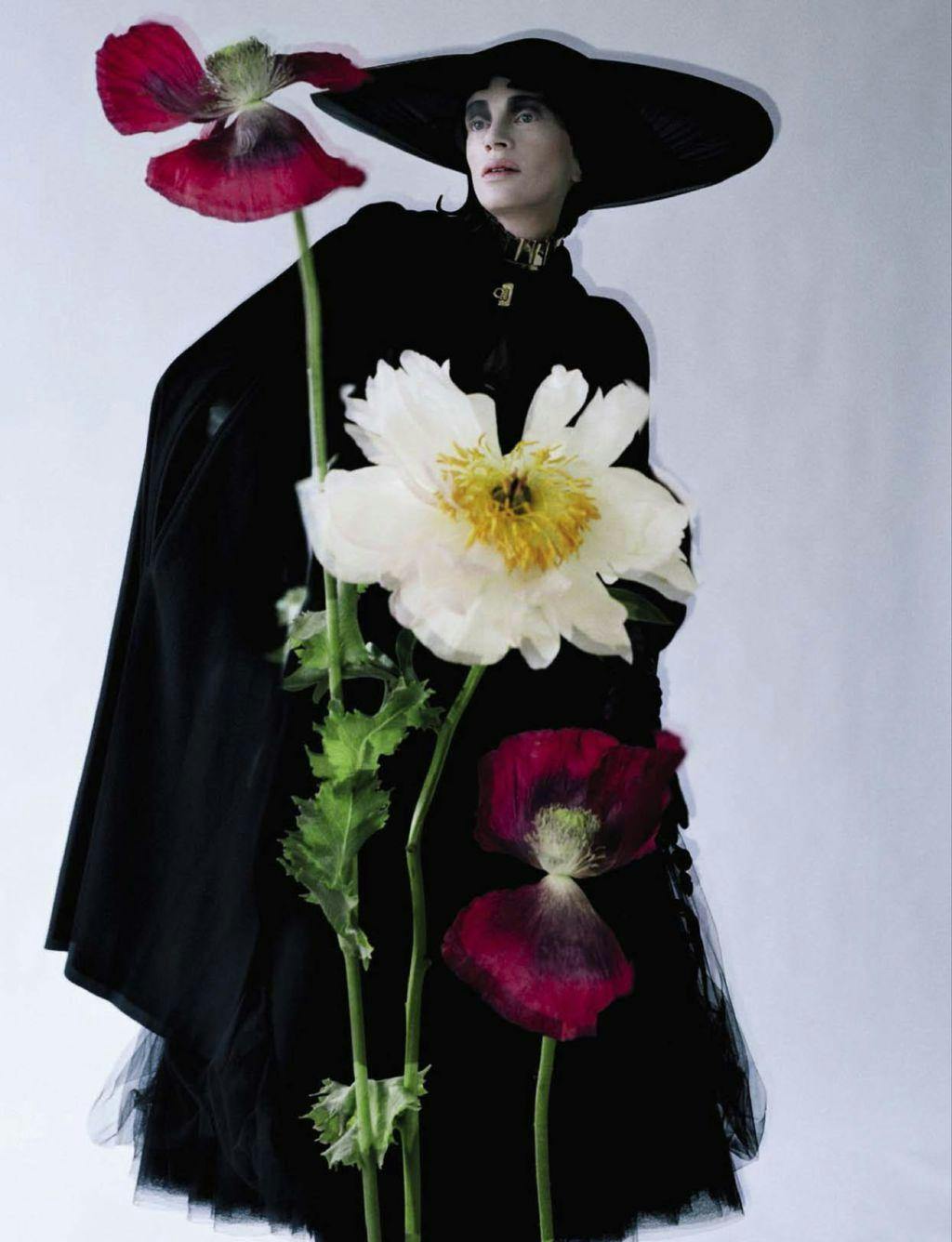


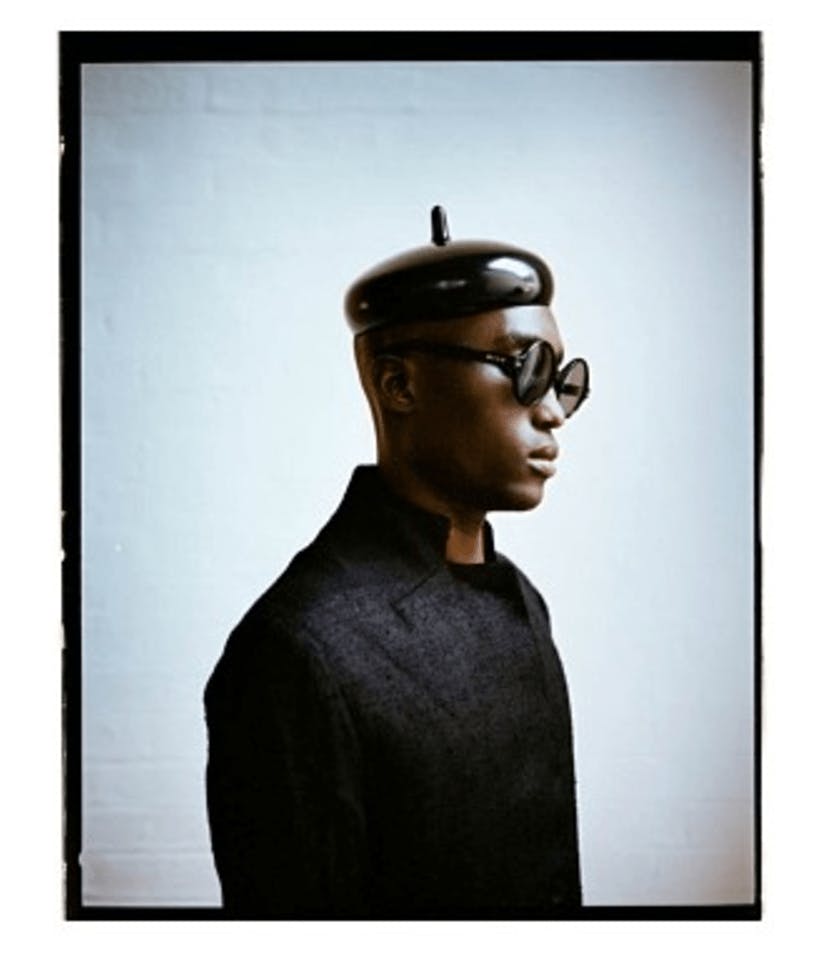
House Of Flora in print & on the runway
Does your teaching inform your personal work at House Of Flora?
Yes, I think so. I’ve learnt so much from my students and feel very privileged to know them. I thinks it’s the interaction with the students that I need, creatively, because I have learnt new systems of making jus by being at the RCA and observing. I like to walk around the workshops to see what everyone is up to and these may not even be my own students. I have met great staff and students who have connected me and my own work to other industry professionals and makers, so yes it’s all useful. I understand my own design process so well now and see my cycle of thoughts and reflection turning over and over.
What are the trends or patterns you see in the students you teach at the RCA, both in terms of millinery and accessory design, as well as how they approach creativity and design in general?
There seems to me to be a more concept based theme at present. Many students have ideas that go much further than fashion design and extend to political and scientific ideas more concerned with the spirit and performative qualities than day-to-day design needs, or what you might say is ‘normal’ clothing or accessories. I’ve also noticed many students trying to make weird, strange or ugly things quite deliberately and coming up with a 'new beautiful' as a result.

Flora wears wavey hat by House Of Flora
What would you change about design education in this country, and in the world even, if you could? What is missing and what do students need more of?
Of course it should all be better funded by the government so more people from less privileged homes can attend and learn the skills of good design. It is very upsetting when we offer places to students and they cannot afford to come. What the politicians and non-artistic managers fail to notice is that every object we use and wear in our daily life is designed! Therefore, there will always be a place for designers as we all use stuff.
I would remove all the managers and go back to the idea of an art school and stop trying to make these places operate like a business. They are not! When managers show me a pie-chart and explain how the future of the art school will work in a few years’ time, I feel my blood boiling. We are not the best art school in the world because we are following pie-charts. How can we believe that thinking about design is worth more than learning the skills to create our designs? Also at present the pay scales are so dysfunctional. Many European schools operate on the same pay for all. If I could I would implement this in the UK.
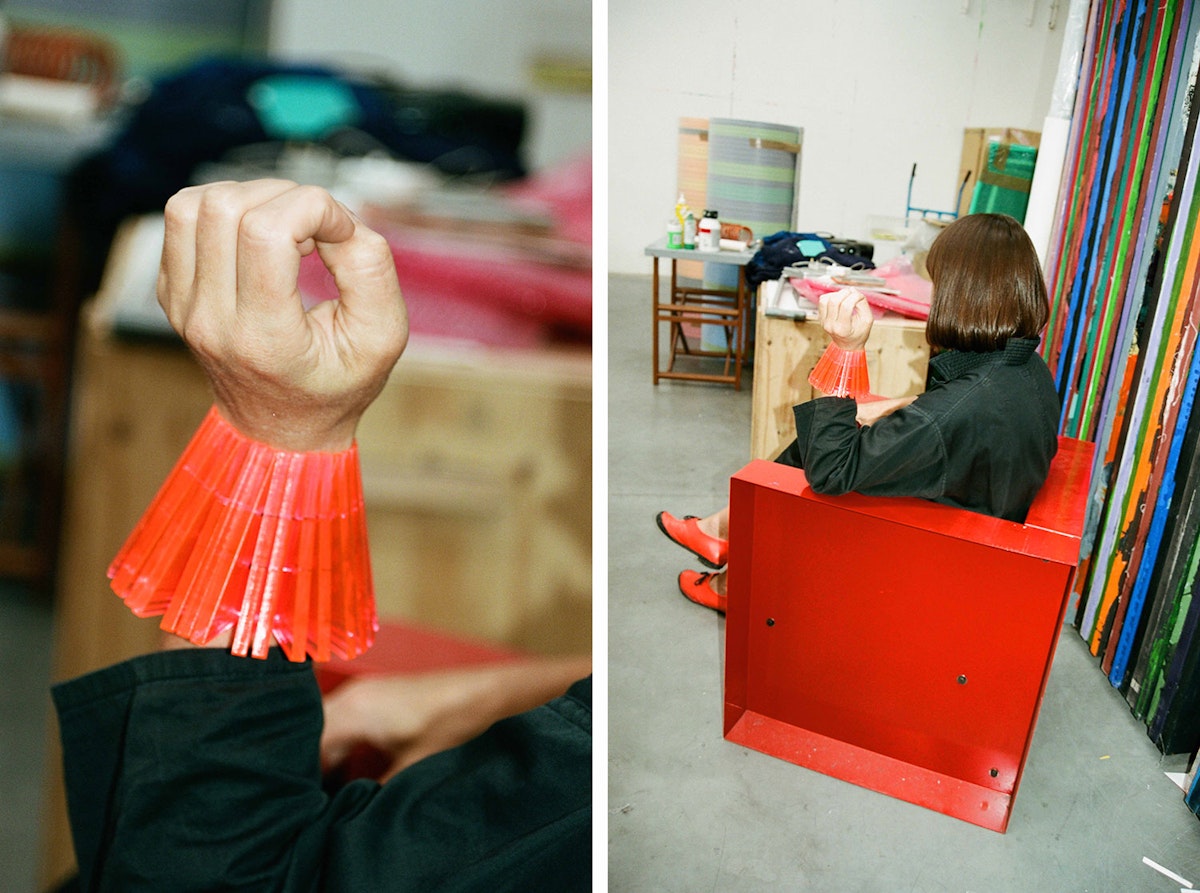
What is your opinion on using digital tools in design vs hand-made and hand-drawn? Where does the balance lie?
I think the students need the digital skills to help them make tools for handmade activities and I really enjoy the mixture of processes. The Footwear, Accessory and Millinery students can scan an object they have created or adapted, then get it rowted in wood using a digital file. They can then hand block the felt or leather onto this. The digital system is used for making 3D files and should cut down on time in making models, but of course sometimes its easier to mix a bowl of plaster and make it by hand.
Are there any memorable students who you have seen go on to do interesting things and is there anyone you foresaw becoming very successful?
I have had many successful students as I have been doing this for over ten years now but my first year-group at Central Saint Martins were very memorable. I have a clear memory of Vincent Levy's sketchbook, he’s now a very accomplished writer and stylist. It does depend on what you see as success though. Many think this is fame, but I disagree. I like it when people work out what they are good at and then get paid for it. Some are working for huge fashion houses like Givenchy, Loewe, Issey Miyake, running magazines or designing shoes for Westwood. I don’t think this has anything to do with me I just like to work with people to help them find out what it is they want to achieve. I can usually tell who will stay in fashion and who will find another path. Being good at art school doesn’t seem to relate to being good in the workplace. I get it wrong a lot of the time.


What have you learnt about creative collaborations? What are the pros, and are there any cons?
I have done many collaborations and for me the best ones are when you have respect for each other and put your ego to one side. For example, I love working on a filmset but I don’t know how to make films so I let others try and understand my thoughts and feelings and let them run with it. Some of the best results are often when you let other people react and respond to your idea. I think this is harder thing to do when you are starting up or when you are younger though, it’s definitely something you learn to develop.
The cons of collaborations are when people are not transparent from the beginning and then they add stuff in last minute and try and/or claim the project as their own with no credit. This is not good practice.
And finally, what makes the very best creative collaborations?
I have watched my dad, the artist Bruce Mclean, collaborate with many people over the years and I can see that it's very important to like, trust and respect the people you work with.
- Flora was interviewed & photographed by Samuel John Weeks
- Edited by Alex Mills
- http://www.houseofflora.net - See more of Flora's brilliant work here ...
- http://www.rca.ac.uk - Needs no introduction ...
- http://www.traceyneuls.com - “The shoes should be seen at 360 degrees, not just from the top – sometimes the best view is from the back!”
